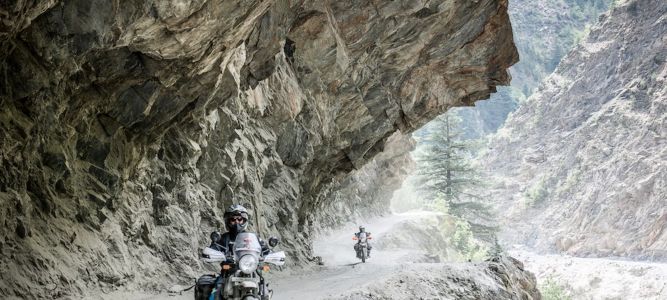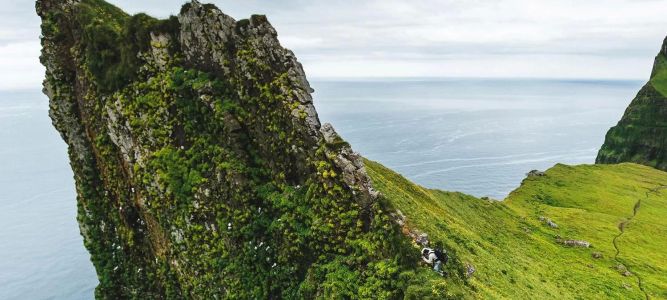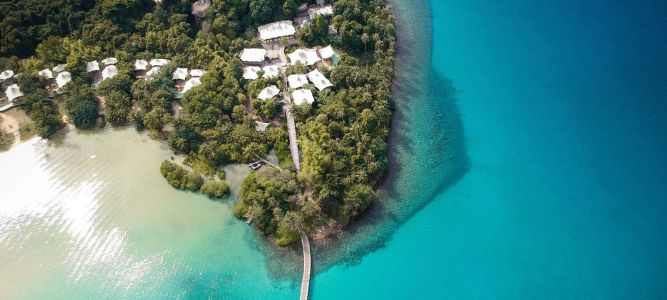How to Take the Best Photos on Your World Adventure Trip
- 1. Essential Photography Tips for Travelers
- 2. Choosing the Right Equipment for Your Trip
- 3. Using Light to Your Advantage in Different Destinations
- 4. Capturing Authentic Moments on Your Adventure
- 5. Post-Production Tips for Perfect Travel Photos
- 6. Exploring Destination-Specific Photography
1. Essential Photography Tips for Travelers
Embarking on a world adventure means encountering breathtaking landscapes, vibrant cityscapes, and unique cultures, all of which are perfect for photography. To ensure that you capture the essence of your journey, here are a few essential tips:
- Focus on composition: The rule of thirds can elevate your photos by guiding the viewer's eye across the image.
- Shoot in raw format: This allows you to capture more detail and make adjustments in post-production without sacrificing quality.
- Experiment with angles: Don't just take photos from eye-level. Try shooting from above, below, or at an angle to give your images more dynamism.
2. Choosing the Right Equipment for Your Trip
When preparing for your world adventure trip, selecting the right equipment is crucial for capturing stunning photos. While you may want to pack light, consider bringing equipment that will help you get the best shots:
- Camera: A DSLR or mirrorless camera offers flexibility, especially if you want to experiment with manual settings.
- Lenses: A wide-angle lens is perfect for landscapes, while a telephoto lens can help you zoom in on distant subjects.
- Accessories: Don't forget a sturdy tripod, portable charger, extra memory cards, and a camera bag for protection.
3. Using Light to Your Advantage in Different Destinations
Lighting plays a crucial role in photography, especially when traveling to different destinations. Whether you're exploring a bustling city or hiking in nature, consider how light affects the mood of your photos:
- Golden hour: Early mornings and late afternoons offer soft, warm light perfect for portraits and landscapes.
- Harsh sunlight: Avoid shooting in the middle of the day when light can be too harsh. If you must, use shadows and reflections to your advantage.
- Night photography: Experiment with long exposure shots to capture the magic of cities after dark, such as illuminated landmarks or starry skies.
4. Capturing Authentic Moments on Your Adventure
Travel photography is not just about landscapes or monuments; it's also about capturing the spirit of the places and people you encounter. To document your adventure authentically, consider these tips:
- Engage with locals: Strike up a conversation with people from different cultures and ask if you can take their photo. Always be respectful and mindful.
- Document daily life: Capture candid moments of local life, whether it's a street market, a family gathering, or a traditional ceremony.
- Focus on details: Sometimes the smallest details, like a close-up of food or a well-worn street sign, can tell a powerful story about a destination.
5. Post-Production Tips for Perfect Travel Photos
Post-production is a key part of photography that can elevate your images. Use editing software to enhance your shots and correct any imperfections:
- Adjust exposure and contrast: Fine-tune the lighting in your photos to bring out details that might be hidden in shadows or overexposed areas.
- Crop strategically: Crop out unnecessary elements and focus on the subject of your photo. Use the rule of thirds as a guide.
- Apply filters sparingly: Avoid overusing filters. A slight touch can add mood to the photo without taking away from its natural beauty.
6. Exploring Destination-Specific Photography
Every destination offers unique photography opportunities. Whether you're visiting an ancient city or exploring pristine wilderness, adjust your photography style to match the essence of the place:
- Nature and landscapes: For destinations with vast landscapes, such as mountains, deserts, or forests, a wide-angle lens will capture the grandeur of the scene.
- Cultural experiences: If you're traveling to cities rich in history, focus on architectural details, local markets, and everyday life to showcase the culture.
- Adventure activities: When participating in adventure activities like hiking, snorkeling, or skydiving, use action shots to capture the excitement and energy of the moment.





